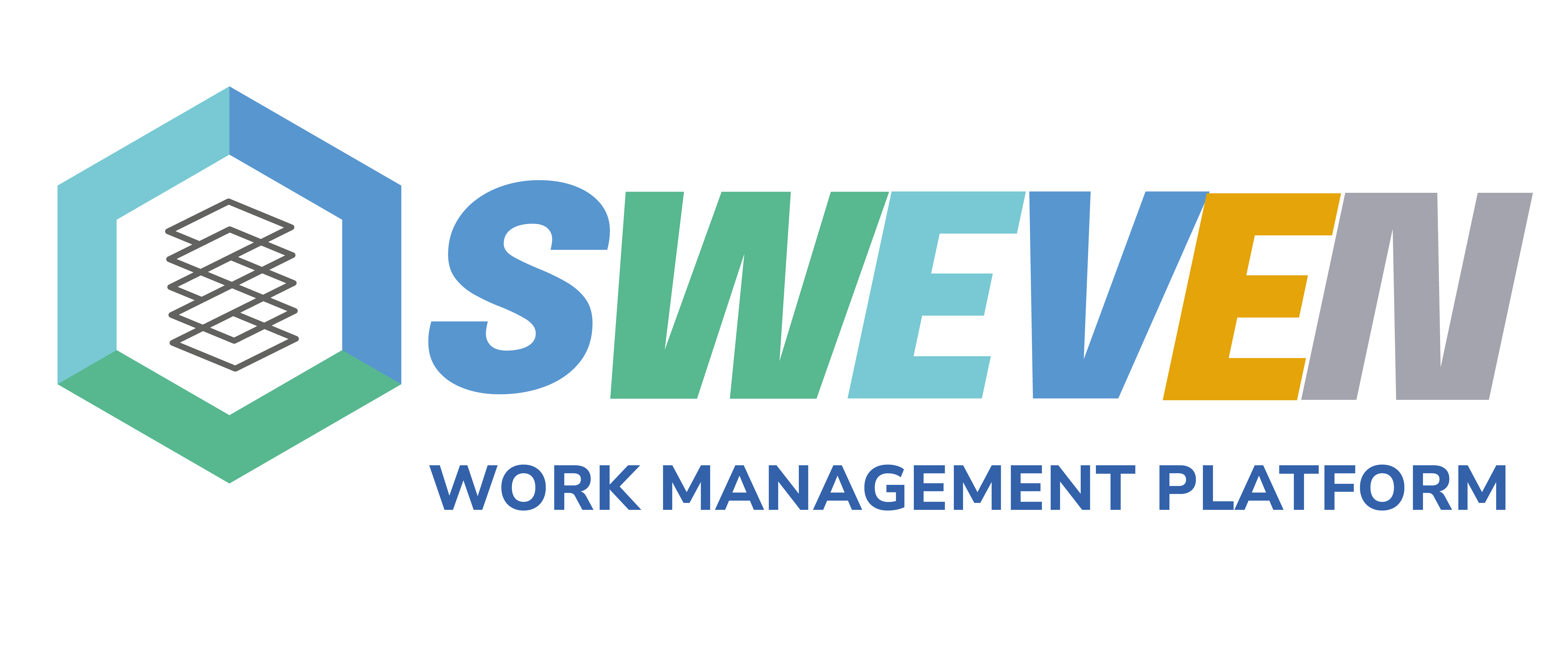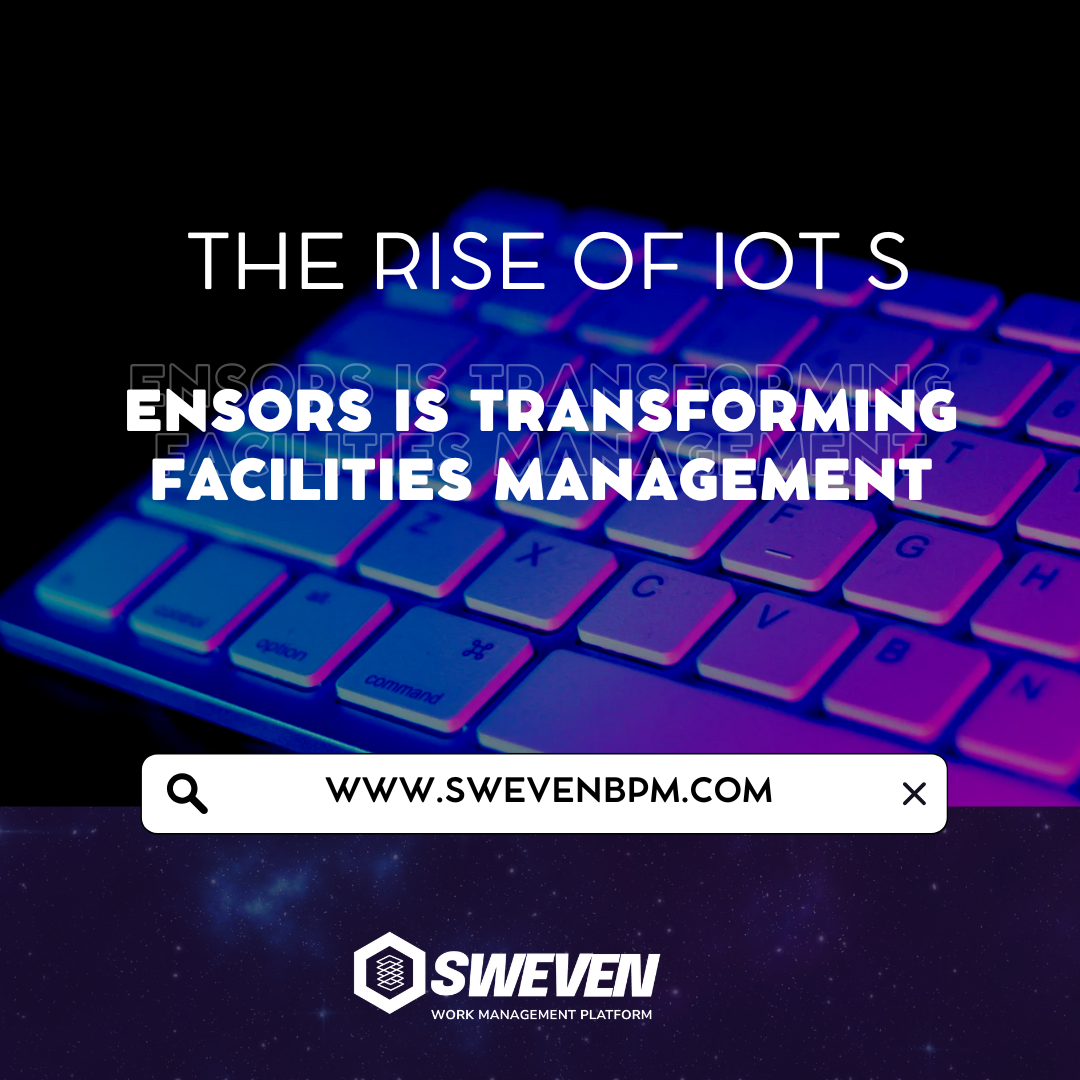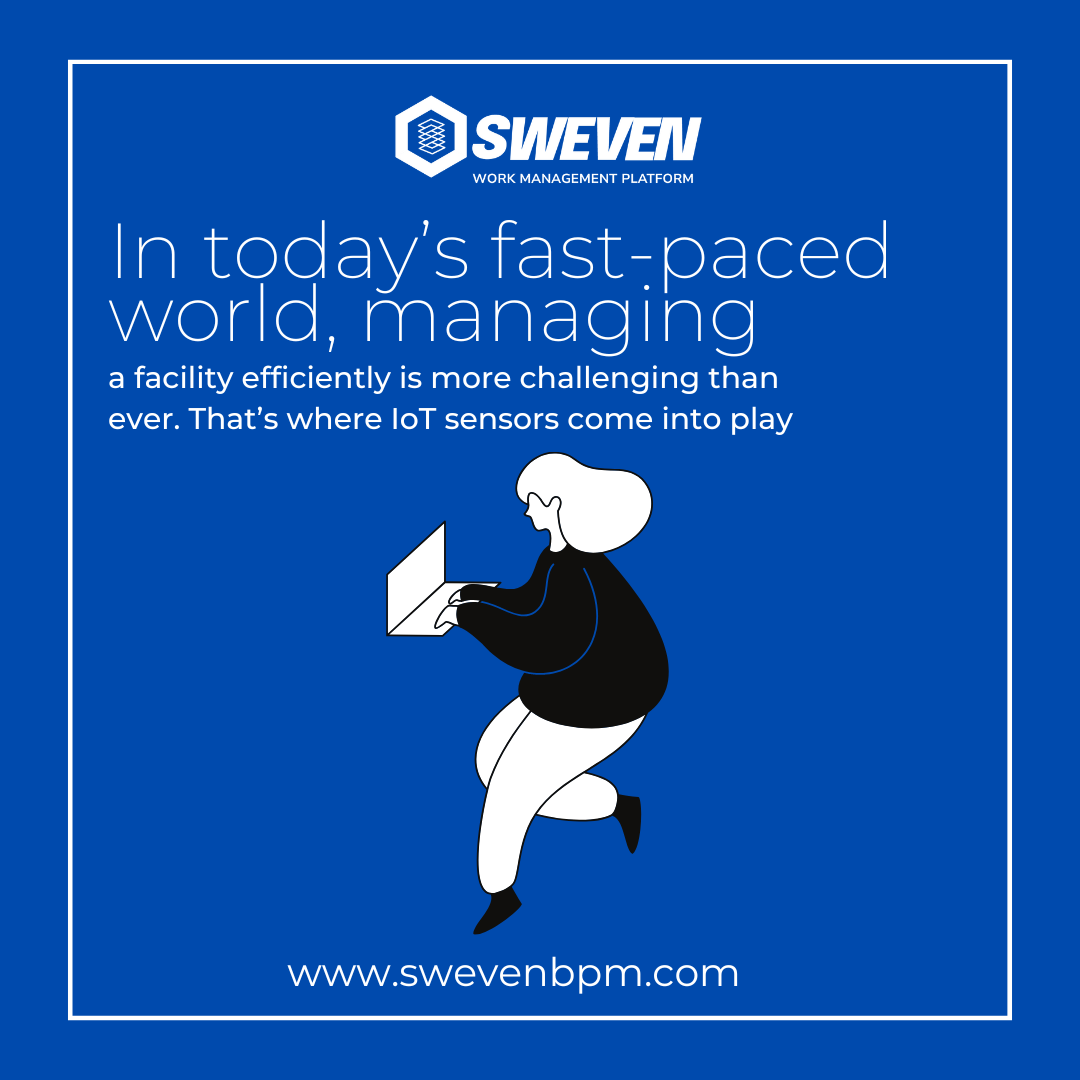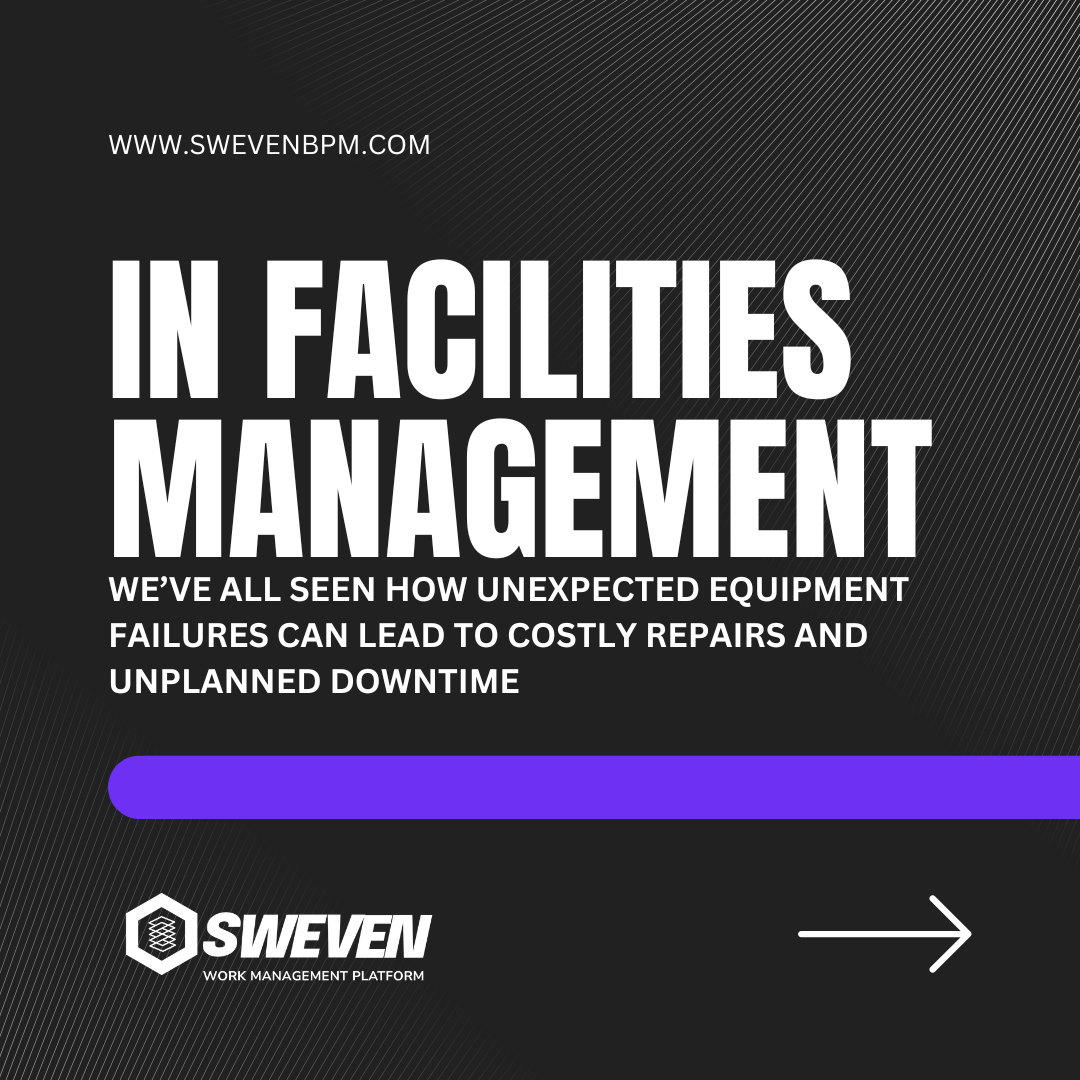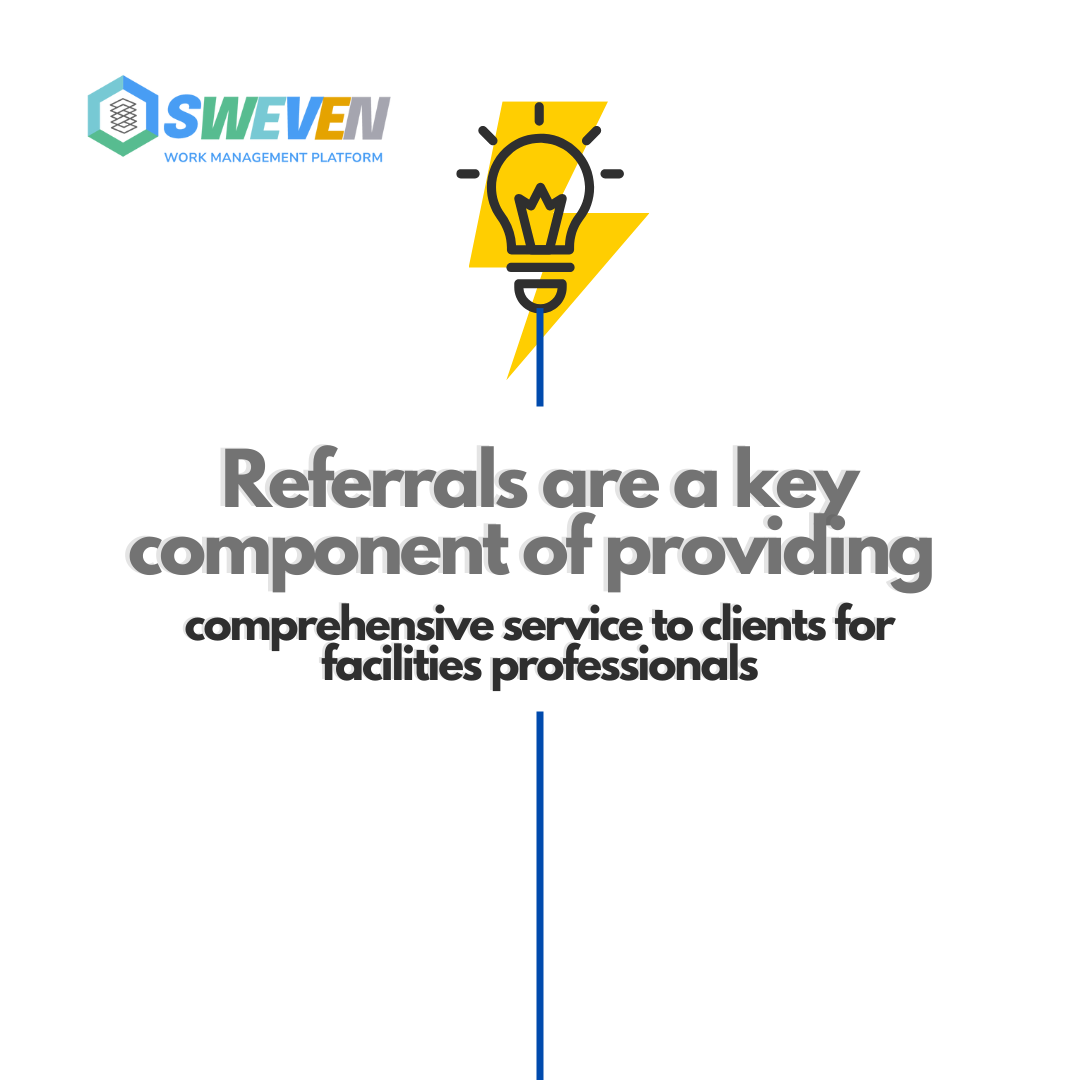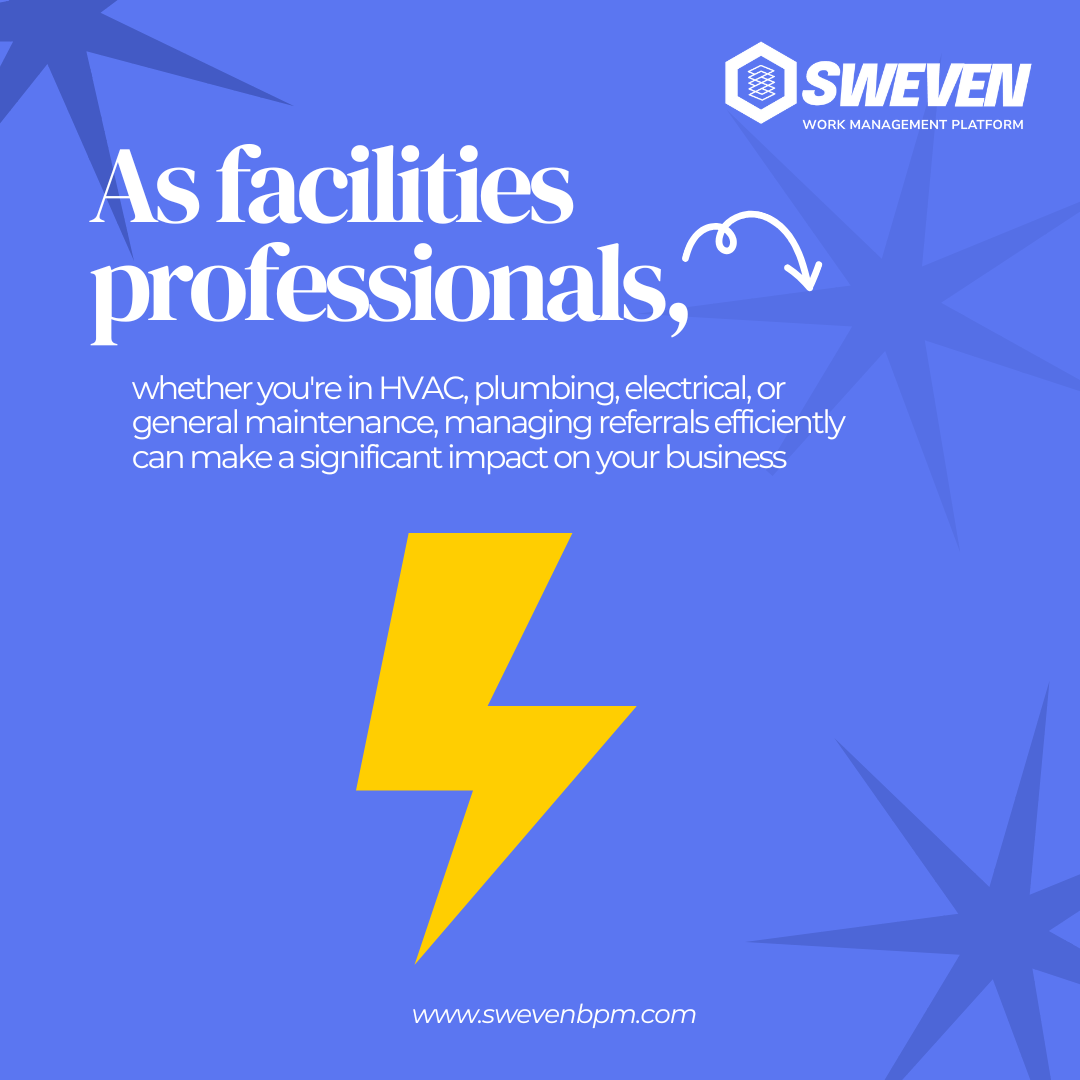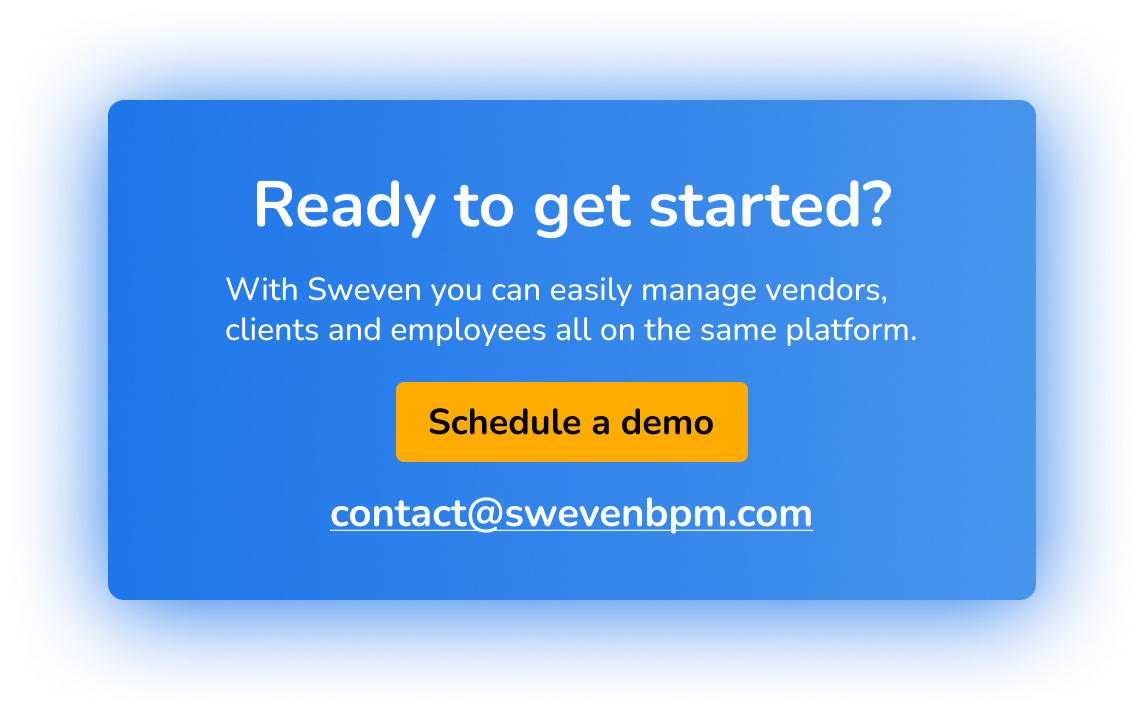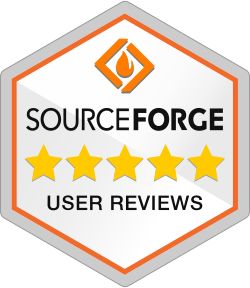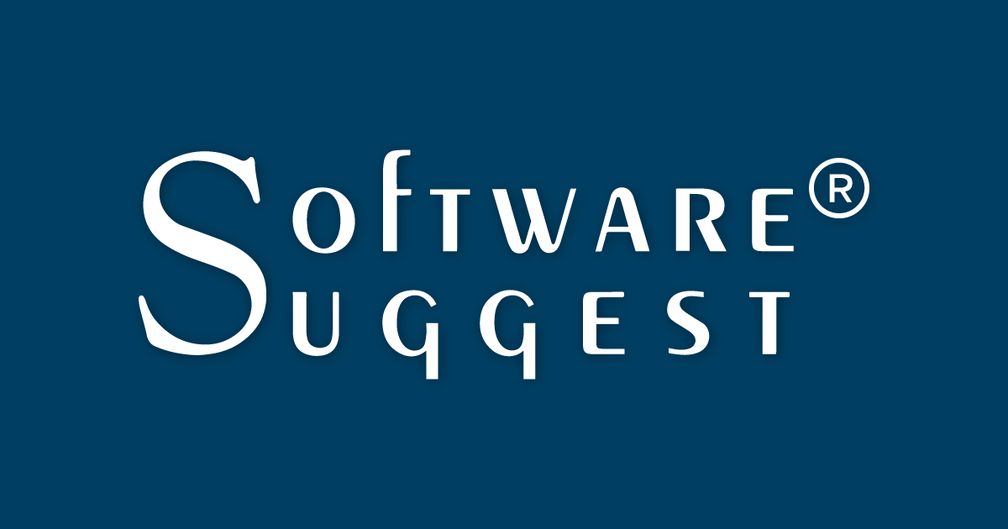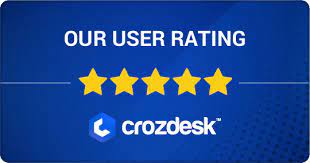In the intricate web of modern business operations, vendor transactions play a pivotal role in driving success. However, the lack of transparency in pricing and cost structures often poses significant challenges, complicating budget management and hindering organizational growth. Fortunately, advancements in technology offer a solution: cost-tracking software coupled with transparent pricing agreements. In this blog post, we delve into how this powerful combination can revolutionize vendor transactions, paving the way for enhanced transparency, efficiency, and overall success.
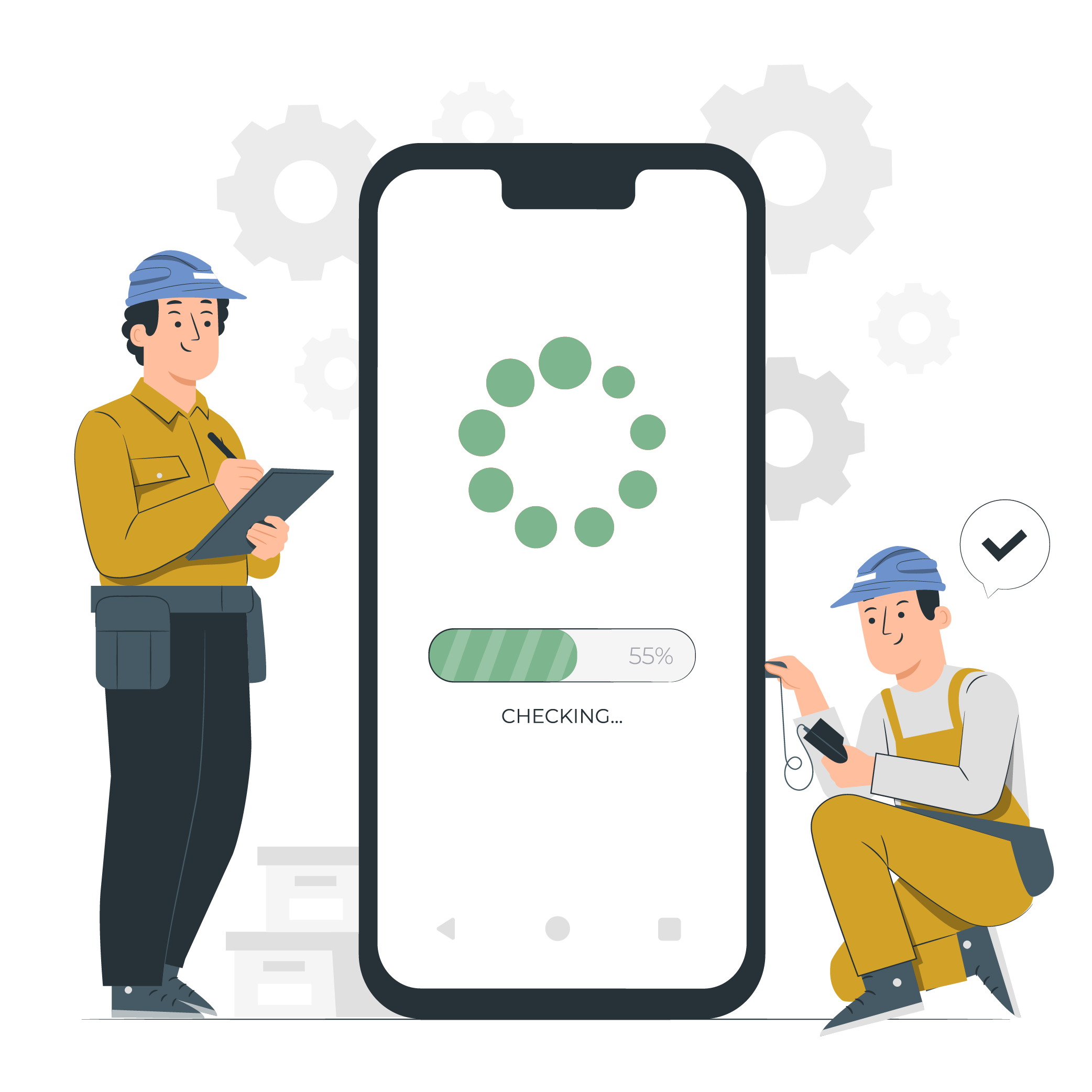
Understanding the Pain Point
Many organizations grapple with the opacity surrounding vendor pricing and cost structures. Without clear insights into expenses and billing practices, budget management becomes a daunting task. Moreover, ambiguity in pricing agreements can lead to disputes, strained relationships with vendors, and ultimately, financial setbacks. Addressing these pain points is essential for organizations striving to streamline operations and optimize resources effectively.
The Solution: Cost-Tracking Software and Transparent Pricing Agreements
Enter cost-tracking software, a game-changer in the realm of vendor management. This innovative tool empowers organizations to monitor expenses in real-time, providing unparalleled visibility into every transaction with vendors. Integrated with transparent pricing agreements, this software ensures clarity and fairness in vendor transactions, facilitating seamless budget planning and expenditure tracking.

Key Features and Benefits
- Real-Time Expense Tracking: Gain real-time insights into expenses, allowing for proactive budget management and timely identification of discrepancies or overspending.
- Transparent Pricing Agreements: Establish clear pricing structures upfront, eliminating ambiguity and fostering trust between organizations and vendors.
- Centralized Data Management: Store and manage all vendor-related data in a centralized platform, streamlining communication and reducing manual errors.
- Performance Evaluation: Evaluate vendor performance based on predefined metrics, enabling organizations to identify top-performing vendors and areas for improvement.
- Budget Optimization: Make data-driven decisions to optimize budgets effectively, identifying cost-saving opportunities and maximizing value.
Implementation Strategy
Implementing cost-tracking software and transparent pricing agreements requires a strategic approach:
- Assess Current Processes: Evaluate existing vendor management processes and define specific objectives for implementation.
- Select Suitable Software: Research and select cost-tracking software aligned with organizational requirements.
- Define Transparent Pricing Agreements: Collaborate with vendors to establish clear and transparent pricing agreements.
- Training and Adoption: Provide comprehensive training to staff members and encourage adoption across departments.
- Continuous Monitoring and Improvement: Regularly monitor vendor transactions, analyze performance metrics, and seek feedback for ongoing improvement.

Conclusion
In conclusion, transparency and efficiency are paramount in vendor transactions. By leveraging cost-tracking software and transparent pricing agreements, organizations can overcome the challenges associated with vendor management, driving sustainable growth and profitability. Embracing this transformative approach empowers organizations to build stronger vendor relationships, optimize budgets, and achieve success in today’s competitive landscape.
In the journey towards revolutionizing vendor transactions, the integration of technology and transparent practices serves as a beacon of progress, guiding organizations towards greater transparency, efficiency, and ultimately, success.
